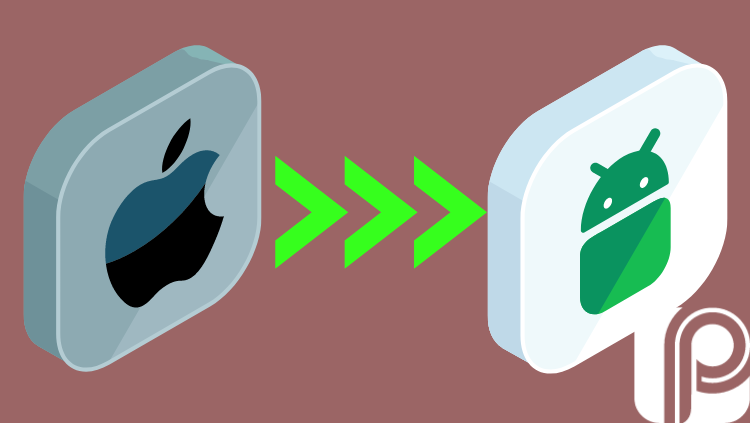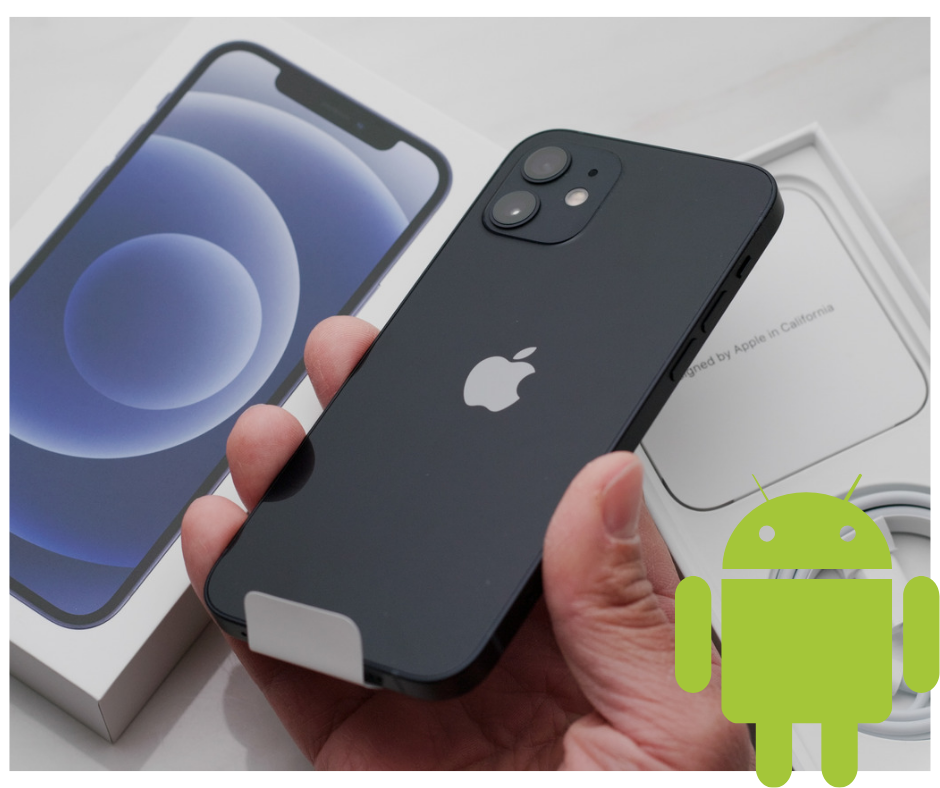
Questions begging for answers in the search engines includes:
Is switching from iPhone to Android worth it?
What are the prons and cons of switching from iOS to Android?
If you are about to buy a new smartphone, there is a possibility that you are considering abandoning the iPhone for an Android device. Therefore, we decided to list here the pros and cons of moving from iOS to Android so that you can make an informed buying decision and not regret after opening your wallet.
Recommended Read:
- Samsung Galaxy A33 vs A53; what is the difference?
- Galaxy A53 5G vs M53 5G Comparison: differences go far beyond the name
The impact can be big when switching from iOS to Google ‘s operating system, after all, they are quite different from each other. Apple purposely tries to differentiate itself from the competition, and this can be a barrier for those who have been in the Apple ecosystem for a long time. If this is your case, you’ve come to the right article!
What are the advantages of moving from iOS to Android?
Android phones generally have a more “open” system and this allows them to use it more freely — whether to make changes to the system or simply to connect it to a wider variety of wearable devices — it is rare, by the way, for a phone Bluetooth headset not to support any smartphone with Android OS.
However, the benefits of moving from iOS to Android doesn’t stop there. Check out some more features you might like when making the switch:
Pros 1 – More intuitive operating system
Android is generally easier to understand than iOS right off the bat. The operating system has simpler and more obvious navigation. This helps to adapt to a new phone at first, without needing a lot of time to adapt.
Not to mention that the Google software’s gesture navigation is truly functional and can be used normally on any screen to enhance the full-screen experience. If you don’t want this model, however, the user can change it to the good old format with the icons in the navigation bar, at the bottom of the screen.
Pros 2 – Lots of customization options
Android already offers some customisation options natively and, in the latest versions of the system, it is possible to change the color scheme of menus and the Notification Center.
If you choose models from Samsung or Xiaomi , for example, the variety is even greater. Manufacturers offer theme stores that allow you to download icon packs, wallpapers, fonts, notification sounds and even more complete visuals to customize almost the entire interface of the device.
With this, it is possible to make the device much more according to your taste, much more customizable than iOS.
Read also>> How to do a security check on Android
Pros 3 – More variety of brands and categories
Those who are in the iPhone universe are already used to this: even the simplest smartphone from Apple — the so-called iPhone SE — are much more powerful than many Android phones. On the one hand, this is good, after all, smartphones always offer excellent performance.
On the other hand, it can be a problem for those looking for something simpler, after all, it is complicated to pay so much – since even an older iPhone SE exceeds $350 – which means that not everybody can actually afford even the cheapest iPhone.
In the Android world, if you’re looking for a phone just for the basics and don’t care so much about raw performance, you can opt for models that cost around US $100 or even US $350. Entry or mid-range models are not lacking among smartphone manufacturers with Google’s system.
Pros 4 – Models focusing on specific features
In the same way that it is possible to buy simpler or mid-range models, if you are looking for a cheaper phone, it is also possible to opt for smartphones that focus on a specific features.
For example, if your preference is for a smartphone that will last as long as possible away from the sockets, the best choice is a model that has a battery with greater capacity and fast charging surport, even if it doesn’t deliver as much performance. If you want a phone to photograph, there are also alternatives more focused on that.
That way, you don’t have to spend so much to have the ideal phone for you, while at Apple the variety is more limited.
Pros 5 – Universal charger
Currently, almost any Android phone has the same type of charger: with a USB-C cable. This helps a lot when you don’t need to have multiple cables at home to charge different types of devices, as headphones or speakers also usually have this type of connector.
There are also models that have micro USB and, even if these are increasingly fewer, it is still a more common format than Apple’s charger.
In addition, the more advanced models – such as the Galaxy S or Z line from Samsung – have wireless charging and, as a result, can have their batteries filled with wireless chargers.
What are the disadvantages of switching from iOS to Android?
If you’ve been using an iPhone for a long time, you’ll probably feel a huge impact when switching to an Android phone. The main one is perhaps the stability of the system — depending on the model you choose, you may notice some very annoying glitches or inconsistencies from time to time.
But there are also specific details that can disrupt the experience of using Android, especially in the first few weeks. Check out some of the possible “problems” you will face with the Google system:
Cons 1 – Less attractive security and privacy options
Not that Android has any security flaws or privacy issues, but Google’s OS settings are actually pretty limited compared to iOS.
In this regard, one of the “worst” aspects, for example, is the amount of data tracked by applications. You can even define which permissions you want to grant for each app, but, in the end, the software and even third-party apps will be able to collect one or another information.
Read also>> How to Format iPhone 13 Pro Max
This data is usually used to send targeted ads, which are those specific advertisements about something you’ve recently searched for and that are “haunting” for a long time.
Cons 2 – Brands and models with little update time
This is one of the main problems of Android phones: most of them offer few updates to users.
Samsung has started to improve in this aspect and even some of its latest mid-range smartphones already have four generational updates guaranteed, while the high-end ones are promised five. Also, Xiaomi is about rolling out its latest MIUI update this August.
Still, many other manufacturers only offer two or three updates at most, and even then not all of their devices are on the same schedule.
Cons 3 – Poorly functional ecosystem
If you’re already used to Apple’s integration between multiple devices — such as MacBook, iPad, iPhone and Apple Watch — you may feel an impact, as you won’t be able to make your notebook work in the same ecosystem as your smartphone, for example.
It is even possible to have a greater union between some smartwatches and smartphones, but nothing at the level of an Apple Watch and iPhone, unfortunately. Windows 11 is also already looking to work better with Android devices without the need for cables, but this effort is still very limited.
Cons 4 – Social networks poorly optimized
Finally, a problem that haunts every content creator who uses an Android phone to work with social networks, especially Instagram: the lack of social network optimization for the software.
Meta’s photo and video platform, for example, does not have a good optimization for Google’s operating system and, as a result, photos and videos published by Android phones lose a lot of quality on the social network, especially those that go to stories. It is perfectly possible to get around this, but it requires a little more work, and this consequently creates inconvenience.




![What is Linux? [Beginners Guide] What is Linux](https://phonefic.com/wp-content/uploads/2022/07/What-is-Linux-218x150.jpg)


